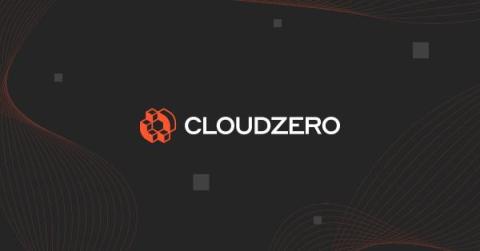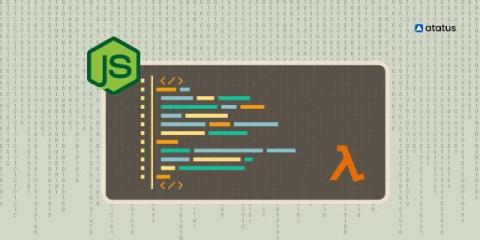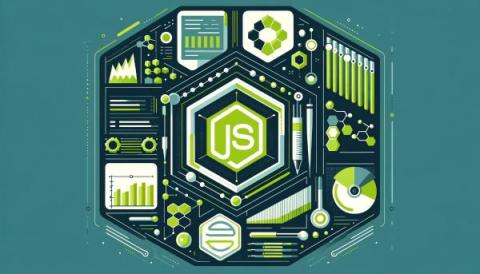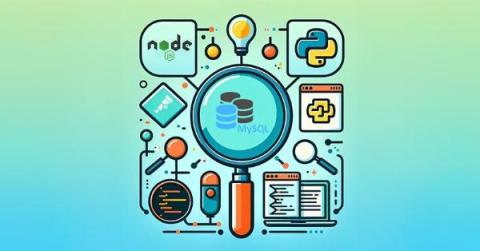How Much Does AWS Fargate Cost?
Amazon Web Services (AWS) offers Fargate, a serverless container service that eliminates the need to manage underlying infrastructure. Containers ensure applications run reliably across different computing environments without the overhead of server management. Fargate works with Amazon Elastic Container Services (ECS) and Amazon Elastic Kubernetes Service (EKS). It allows developers to focus on building their applications, offering enhanced security through isolation.










